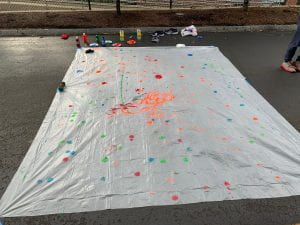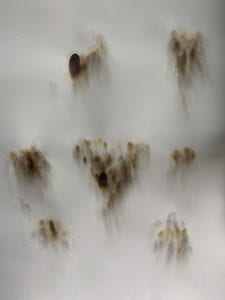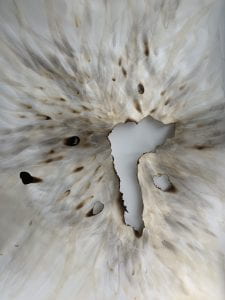Score Final Iteration: “Infinite Refraction”
Score:
One object, a transparent bottle with water, a camera
Take the picture of the object and put it into the water.
Observe what changes through refraction.
Try to make a new object look like the refracted one.
Put it into the water again and repeat the steps.
Take pictures for everything you made.
See what changes from the beginning to the end.
Art Statement:
The refraction through the water is kinds of interesting experience. When I was small, I try to look at this world through a bottle of water so that I got a totally different scene. Water is one thing that has magic. When I put the spoon into the water, it seems to be bigger. Additionally, when I move the spoon to the front and back, it changes with the distance to me in the water. I took a group of pictures for this.


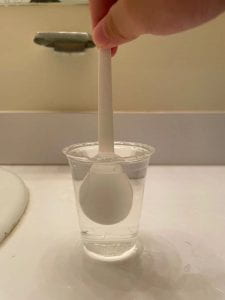
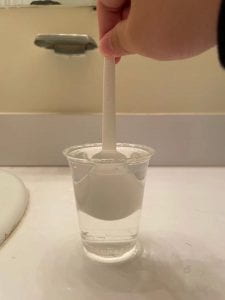
At this time, I watched the video from Zach King, a You tuber who focus on the visual magic. In the newest video, he makes water magic which is to create visual error by water. There’s a part that he put a pencil into the water, it looks like the pencil is bended by the refraction. However, when he takes out the pencil from the water, it was really bended. By the video, I think that I can record one thing get refracted again and again and start my preparation.
For my preparation, I firstly start to find a transparent bottle. A normal plastic bottle without any patterns is easier to observe. Then, I need an object that can be easy to transformed or make a new one after refracted. I tried to put my wire into the bottle but there’s no big change. At last, I choose to us the wire to create a shape and observe its refraction. It’s really hard to use normal objects like spoon to play since I cannot make its form after refracted. That’s why I choose the wire.
The central idea of this score is that — when people pass the information to each other, something in detail will be changed since the information is conveyed through people’s memory. Thus, after some times of information get conveyed, it’s different to what it was before. My score is to stimulation this progress and compare the final object to the original one. For example, in the pictures I uploaded, the wire is much fatter than the origin one. In our real life, especially when we try to tell our friends something happens, this thing is “refracted” again and again. At last, it becomes a Rumor which is totally different than before.
It’s my first time combine the homework to the word “experimental”. I did many steps to achieve these pictures especially the choice of objects. I enjoyed the progress of doing experiments!
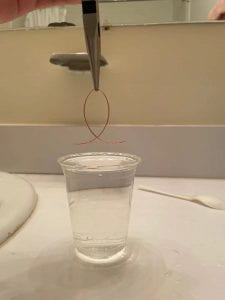
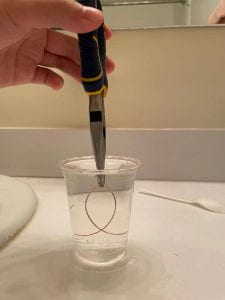
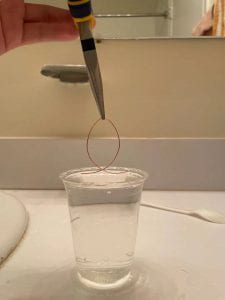


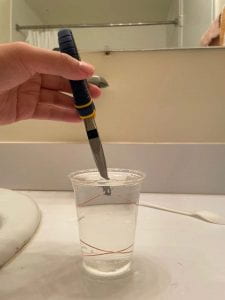
P.S. I’m trying to make a video like that through this method.
Here’s the final one I made:
The action is inspired from Ono’s Grapefruit, “Painting to Hammer a Nail”, about doing one thing again and again everyday in the morning. From my point of view, the water refraction is transitory and changing ever time when you change the angle of observing. Thus, I choose not to do it everyday but repeat in one time until I can’t. I really love how Ono shows her final piece out but I only have the pictures and videos — water refraction is a fleet thing. So I try to edit a video at the end of my works.

